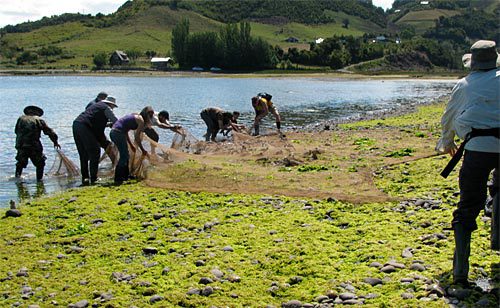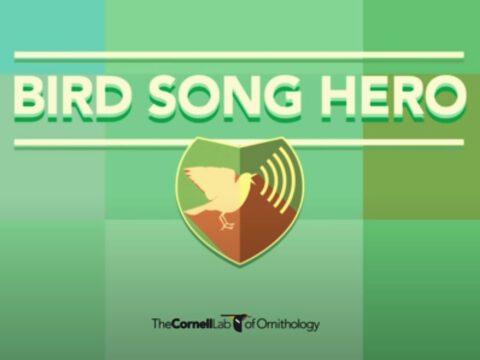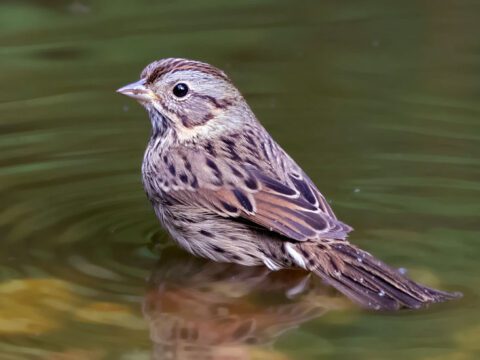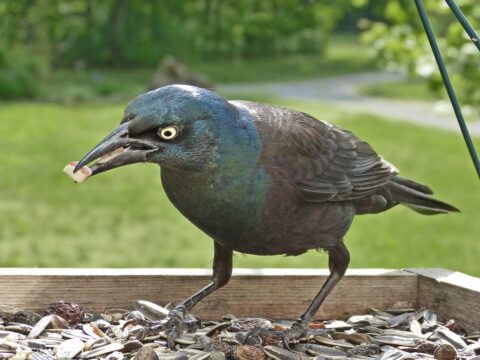Field Report: A Netful of Godwits
By Nate Senner
January 26, 2010
Last week Nate Senner told us about his return to Chiloé Island, Chile, and, after a few days, the mysterious disappearance of the Hudsonian Godwits he had come to study. He’s had a week to look for them, and yesterday he wrote in to tell us how it was going. It sounds like good news. –Hugh Powell
As quickly as those 3,000 godwits had disappeared, they came back again. After a couple days of frantically scouring the eastern part of Chiloé Island, we returned to Pullao for our normal check-in and found nearly 2,000 godwits feeding on the mudflats. They of course looked like nothing was out of the ordinary, going about their business eating worms and chasing off marauding Brown-hooded Gulls. When I saw them though, I felt like a father whose child has come home late from the playground. There was a little bit of anger—“Where were you?!”—but a lot more relief—“Ah, there you are!” A few minutes later, all of that was forgotten and in their place was a new set of plans swirling around my head.
The upside of our mad search for the not-really-lost godwits was that we had discovered a new site where it seemed possible to catch godwits. Capture sites aren’t the easiest things to come by: They have to have a nice sandy or rocky beach along which we can place our cannon net; they need a consistent place where birds roost day after day, and they can’t have too many people. This new site, Teguen, seemed to have all of these things. It was quiet and well removed from the nearest road, had 200 yards of sandy beach that godwits and Whimbrels seemed to like, and at least for the moment, was home to about 1,200 godwits.
So instead of trying to push the birds at Pullao so soon after their return, we decided to give Teguen a try. And, amazingly for our first time at a site, everything worked like a charm: With only a tiny bit of twinkling on our part, a sizeable group of godwits immediately positioned themselves right below our net and, within 15 minutes, we were weighing, banding, and releasing our first catch of nearly 100 godwits!
With the first godwit catch of the year under our belts, it was time to give Pullao a try. Luckily for us, the godwits stayed at Pullao another day and when we arrived there, we were greeted by more than 3,000 birds. That luck proved fickle though. Despite having all those birds in the bay, we were unable to coerce any of them to stand in front of our net long enough for us to say, “3, 2, 1, Fire!”
Afterward we all sat around and tried to puzzle out what had gone wrong. Had we started trying to twinkle the godwits too early? Had we put the net in the wrong place? Were the birds in Pullao just too wary after their dispersal to other parts of the island and then their sudden return?
The answer remains unclear, but with only 86 godwits caught thus far, we are a long way from our stated goal of 300. I hope these last few days of the expedition will bring us a bit more luck and a lot more birds. Otherwise it will be a long year trying to figure out to how improve our chances next year.

All About Birds
is a free resource
Available for everyone,
funded by donors like you
American Kestrel by Blair Dudeck / Macaulay Library



